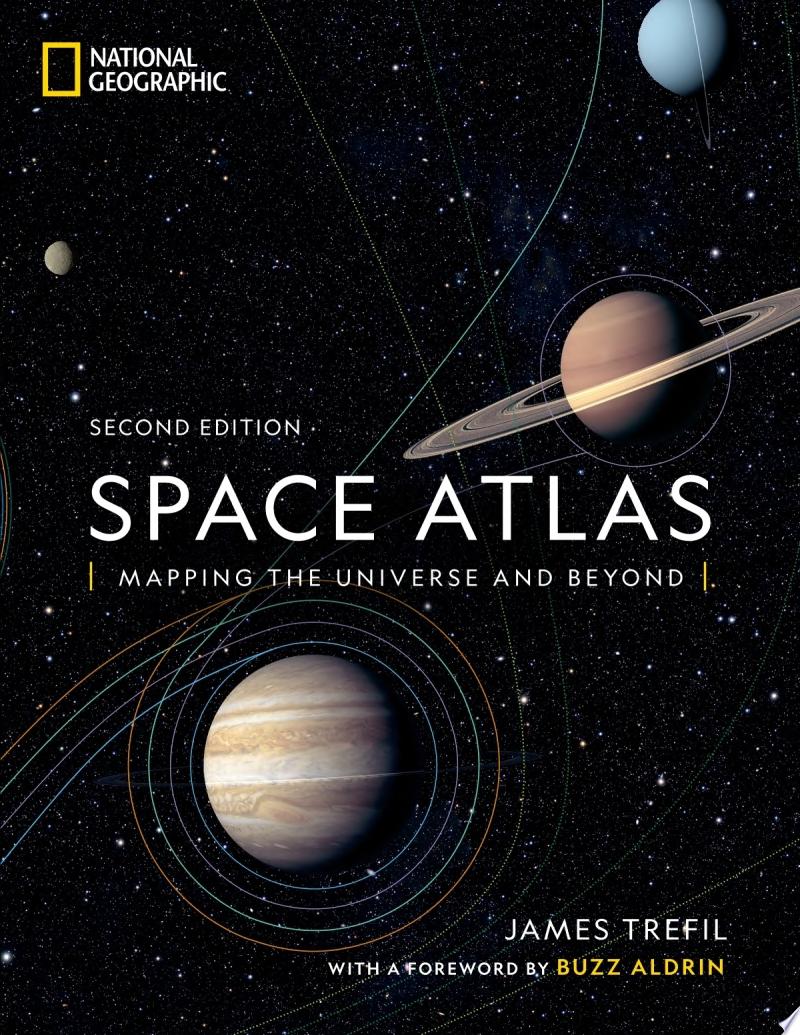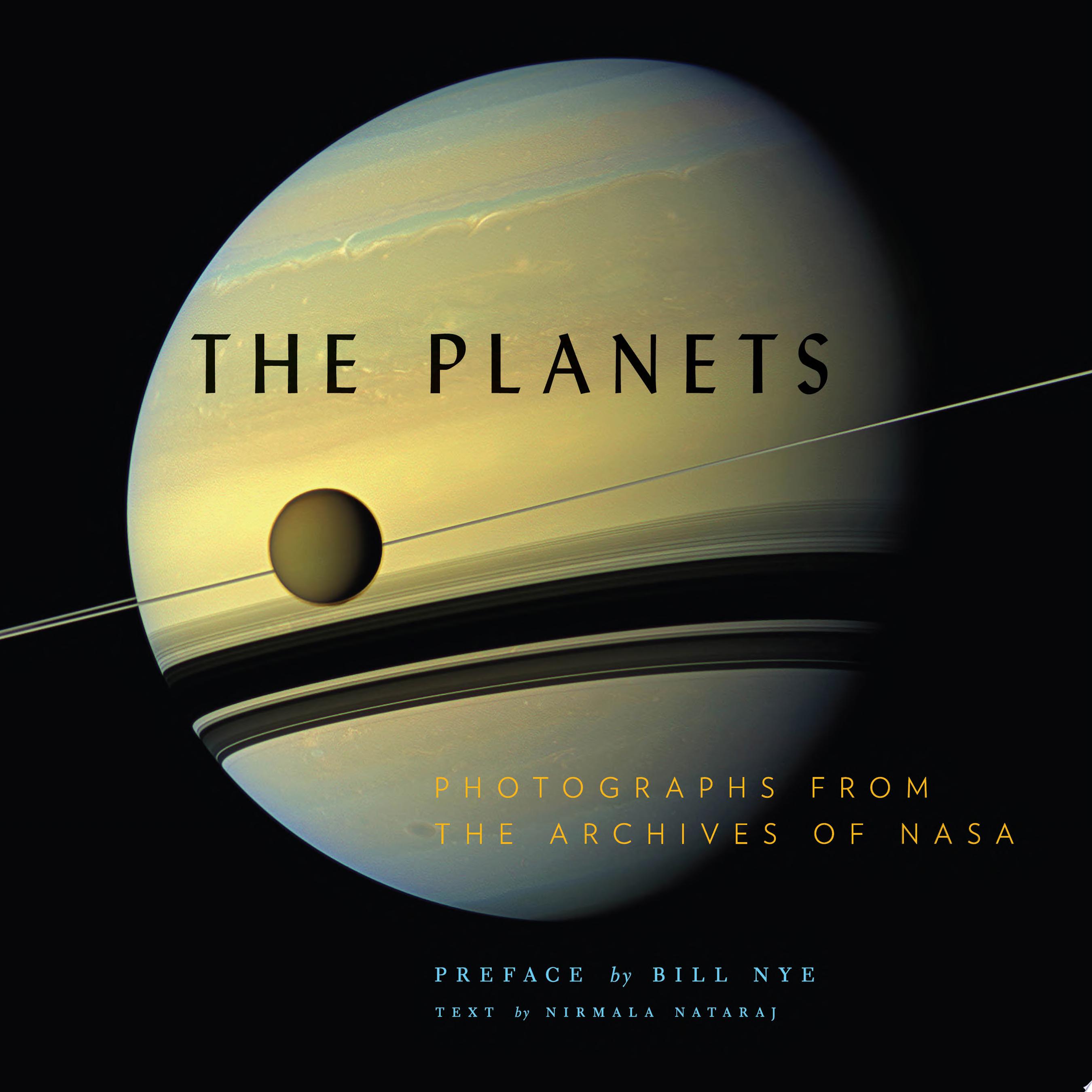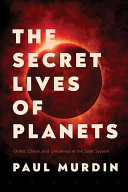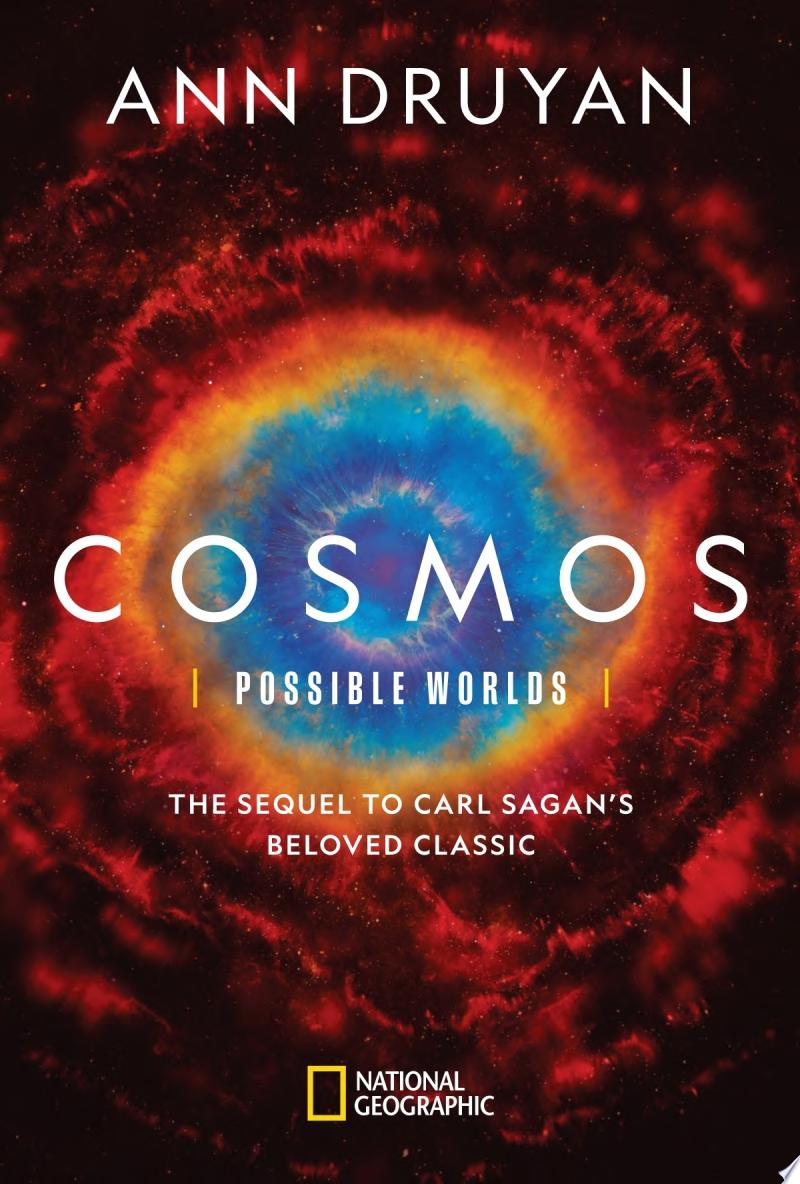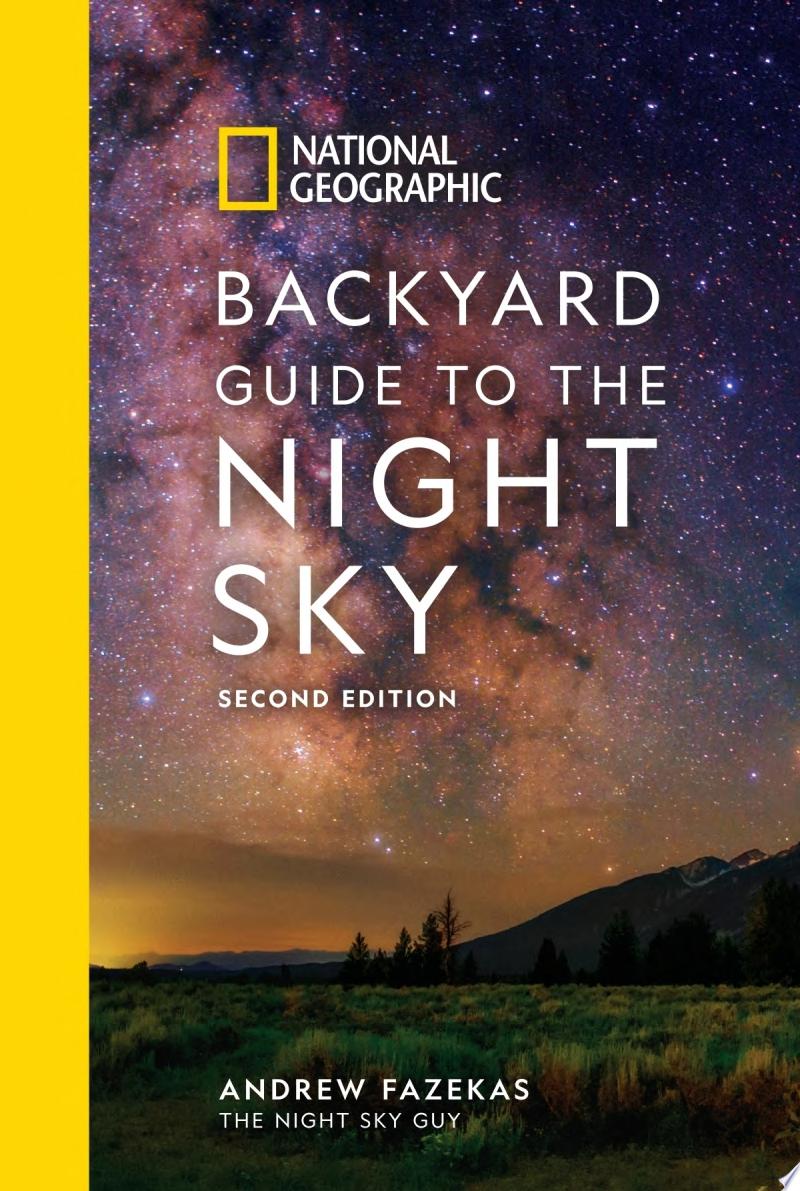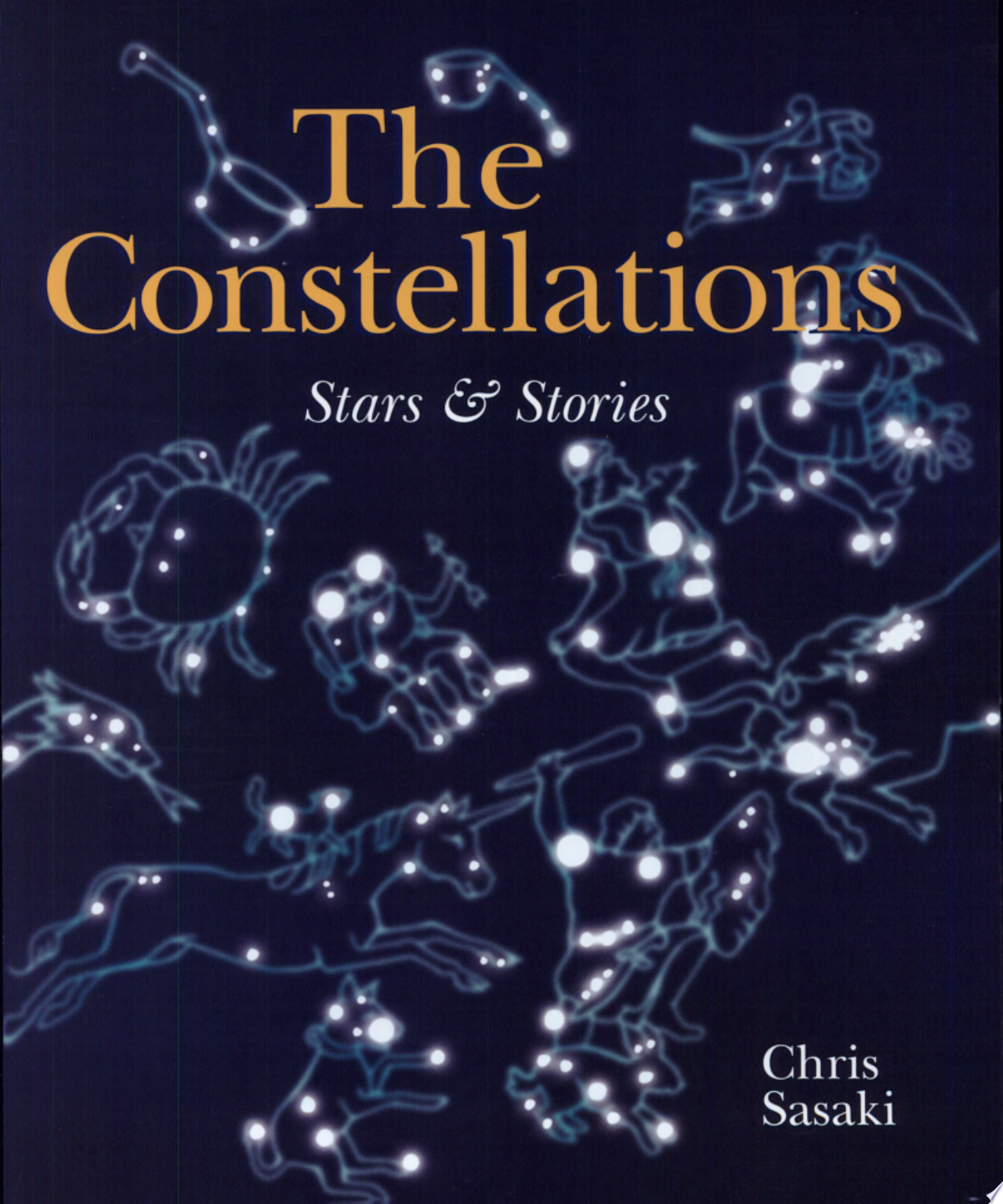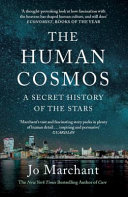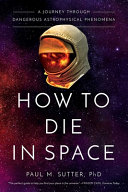Space Atlas
James Trefil
In this guided tour of our planetary neighborhood, the Milky Way and other galaxies, and beyond, detailed maps and fascinating imagery from recent space missions partner with clear, authoritative scientific information. Starting with the sun and moving outward into space, acclaimed science writer and physicist James Trefil illuminates each planet, the most important moons, significant asteroids, and other objects in our solar system. Looking beyond, he explains what we know about the Milky Way and other galaxies--and how we know it, with clear explanations of the basics of astrophysics, including dark matter and gravitational waves. For this new edition, and to celebrate the 50th anniversary of his moonwalk, astronaut and American hero Buzz Aldrin offers a new special section on Earth's moon and its essential role in space exploration past and future.
